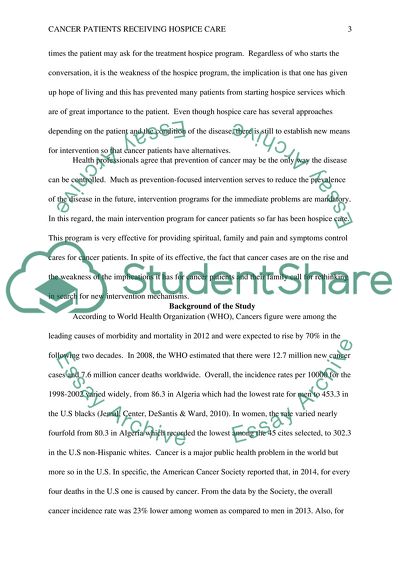Cite this document
(In cancer patients receiving hospice care, what are alternative Research Paper, n.d.)
In cancer patients receiving hospice care, what are alternative Research Paper. https://studentshare.org/nursing/1863382-cancer-patients-receiving-hospice-care
In cancer patients receiving hospice care, what are alternative Research Paper. https://studentshare.org/nursing/1863382-cancer-patients-receiving-hospice-care
(In Cancer Patients Receiving Hospice Care, What Are Alternative Research Paper)
In Cancer Patients Receiving Hospice Care, What Are Alternative Research Paper. https://studentshare.org/nursing/1863382-cancer-patients-receiving-hospice-care.
In Cancer Patients Receiving Hospice Care, What Are Alternative Research Paper. https://studentshare.org/nursing/1863382-cancer-patients-receiving-hospice-care.
“In Cancer Patients Receiving Hospice Care, What Are Alternative Research Paper”. https://studentshare.org/nursing/1863382-cancer-patients-receiving-hospice-care.


